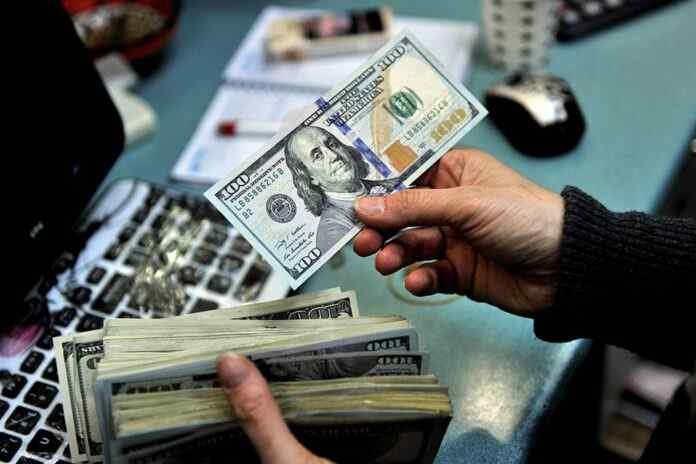Pakistan’s foreign exchange reserves saw a slight but encouraging rise last week, adding $11 million to the country’s stockpile. Fresh figures from the State Bank of Pakistan (SBP) show the central bank’s reserves at $14.24 billion, while commercial banks hold $5.25 billion. Together, that puts the nation’s total reserves just shy of $19.5 billion.
From Crisis Levels to Gradual Stability
This small uptick may look modest, but it reflects a broader trend of recovery. Just over a year ago, Pakistan’s reserves had plunged to under $4 billion—barely enough to cover a few weeks of imports—triggering fears of default. Since then, a combination of IMF-backed reforms, stronger remittance flows, and policy adjustments has helped the country rebuild a financial buffer.
At the current level, reserves cover roughly two months of imports, a notable improvement that eases pressure on external accounts. However, debt servicing obligations remain a constant challenge, limiting how far this cushion can stretch.
A Rebound After a Dip
The previous week had seen a $72 million decline, mainly due to external payments. The latest increase suggests inflows—rather than fresh borrowing—are driving the recovery, a positive sign for sustainability.
Currency markets also reflected the improvement: the Pakistani rupee strengthened for the fourth consecutive week, closing at 282.06 against the US dollar. Analysts point to SBP’s liquidity operations—injecting Rs 12 trillion through reverse repo transactions—as a stabilizing force in the interbank market.
What This Means Going Forward
The slow but steady reserve buildup is helping restore investor confidence and improving Pakistan’s credibility with creditors. Stronger liquidity gives the government breathing room to cover vital imports such as fuel and machinery, while also signaling progress to international lenders.
The coming months will hinge on whether remittances remain strong, reforms stay on track, and global commodity prices remain manageable. For now, though, the trajectory points to a more stable external position than the country faced in mid-2023.
